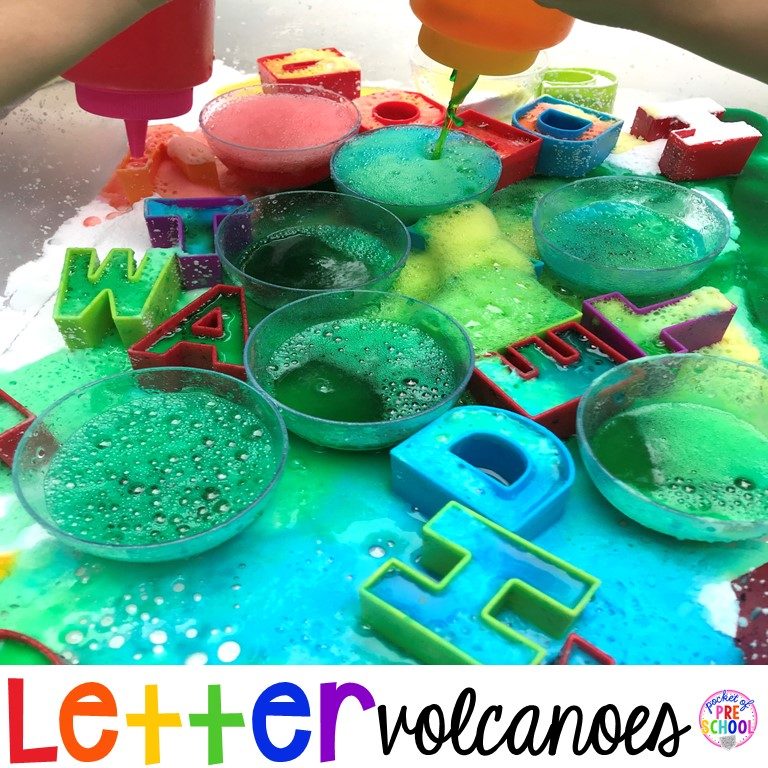
If you are like me, you are always looking for fun, new ways to sneak in more literacy into your classroom, so why not add foam letters to create a set of literacy sensory bags! Sensory bags are a fun, easy, and mess-free way to add sensory to your classroom. Plus, as students explore a sensory bag they also build and develop their fine motor muscles, hand-eye coordination, bilateral integration, and problem-solving skills. By adding letters to explore or build words with, students are now also learning letter sounds, letter names, and reading concepts like left-to-right progression.
How to Make a Literacy Sensory Bags

- Write a name or sight words on the baggie with a Sharpie if making a name or sight word sensory bag.
- Put clear hair gel and glitter in a thick plastic baggie. Do not use the baggies from the Dollar Store because they are thin and will get a leak. The hair gel is from the Dollar Tree.
- Add the foam letters you need for the literacy bag you are making.
- Add pom poms for another texture!
- Close the baggie making sure all the air is out. Test the baggie! Test the baggie by moving a few letters to see if you need to add more or take some out.
- Place duck tape on the top. Be sure to use thick, strong tape to ensure it won’t pop open. Put one piece on each side, sticking it together creating a very strong seal.
Oh no! A leak! If, during play, the sensory bags begin to leak, place a piece of clear duck tape over the leak and play again!
Literacy Sensory Bag Ideas

Just add letters and pom poms to create a letter sensory bag! This one is perfect for younger students just noticing, talking about letter names, and letter sounds. Notice and talk about the colors, how the letters look (“this letter has all straight lines”), letter names, and letter sounds. Students can move the letters around the baggie with their fingers as they talk, squish, and explore!
Name Sensory Bag

Now this one is going to be their favorite for sure because it is their name! Only add the letters needed to create their name, plus a few pom poms for extra fun. Students move the letters to build their name under the written word, then squish the bag to mix the letters up again. Once they make their name have them trade with a friend to make their friend’s name.

Sight Word Sensory Bag

If your students are working on sight words, make sight word sensory bags. Write three or four sight words on the left side of the baggie, then add the letters you need for each word. Students move the letters to build the word next to the printed word! Trust me, your students will WANT to do word work if you make these sensory sight word bags.
If you are falling in love with sensory bags, make a plain set for students to practice writing letters and numbers on (aka fun handwriting practice)! Click HERE to check out how to make and implement them in your classroom!
See how to make this letter sensory bag here.
Love it? Pin this image!

hey, i’m jackie!
I’m Jackie, your go-to girl for early childhood inspiration and research-based curriculum.




















